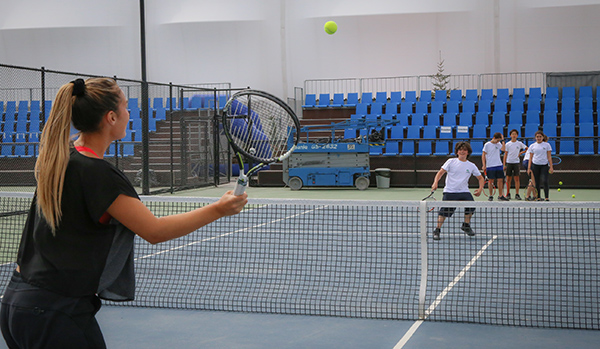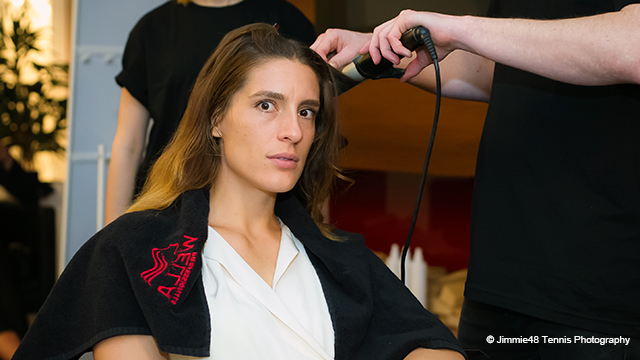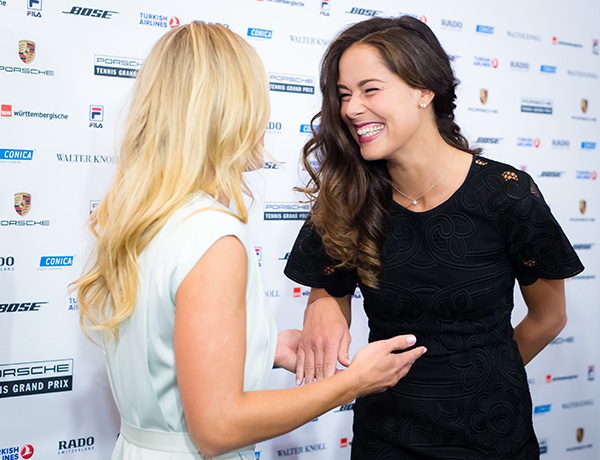Taiwan Open Moves To Taipei
ST. PETERSBURG, FL, USA – The WTA announced on Tuesday that the Taiwan Open will move to Taiwan’s capital, Taipei, from 2017. The Taiwan Open will take place starting January 30, 2017 on hard court at the 10,000-seat indoor stadium, the Taipei Arena.
Venus Williams won the inaugural event with Taiwan’s Chan sisters taking the doubles title. Williams’ victory at the inaugural 2016 Taiwan Open tournament in an exciting final against Japan’s Misaki Doi, was her 49th WTA title win. This year’s inaugural event, attended by almost 10,000 fans, let the world focus on Taiwan through global broadcast coverage and is set to become a major drawcard for Taiwan which has developed brilliant professional female tennis players like Su-Wei Hsieh, Chan Hao-Ching and Chan Yung-Jan.
The Taiwan Open attracts the support of the corporate sector, the media and fans, as well as creates an inspirational pathway for talented young national players who aspire to one day compete in world-class professional tennis and play in their homeland at the Taiwan Open.
Mayor of Taipei, Ko Wen-Je, stated, “On behalf of Taipei City Government, I am pleased to announce that Taiwan Open will be held in Taipei next year. We are committed to bringing the best events to our global city and the decision to move the event to Taipei demonstrates the city’s ability to attract the best international sport events. We look forward to working with the WTA and the tournament organisers to make this an event all of Taiwan can be proud of.”
The Taiwan Open offers USD 500,000 in prize money and is committed to attracting the world’s top tennis talent and to making this event one of the most prestigious WTA International tournaments on the women’s tennis global calendar. The move to Taipei will result in increased government and sponsorship investment and make the event accessible to a larger fan base.
“This is an exciting time for APG as we continue to support and expand the footprint of women’s tennis across Asia,” said Stephen Duckitt, Director – Tournaments, APG. “Tennis has grown considerably in this region over the past few years and we are looking forward to stage another world-class tennis event in Taiwan, and are proud to be hosted by the Taipei City Government next year.”
























